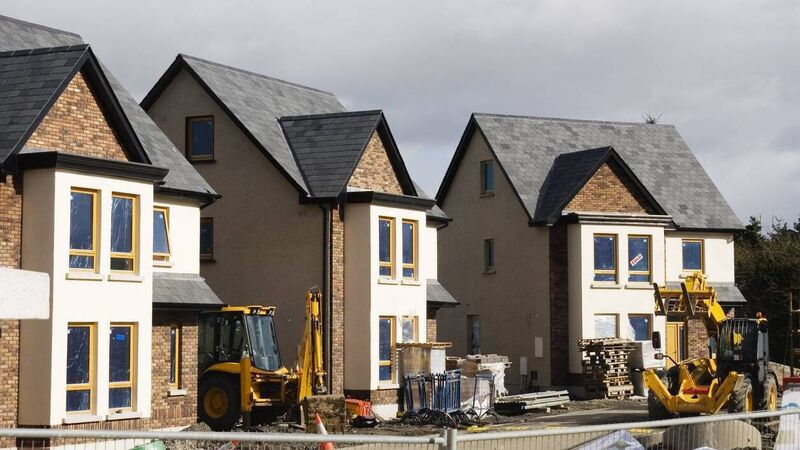Mick Clifford: Planning rows show local development plans are at odds with reality

In at least two proposed developments in the greater Dublin area in recent months, An Bord Pleanála has refused planning permission largely because the system is so slow in catching up with prevailing reality. File picture













